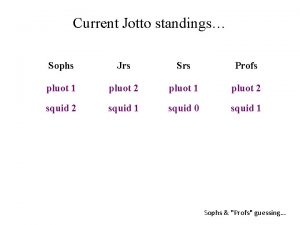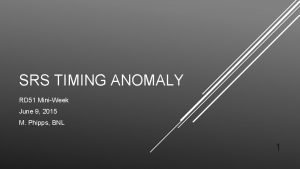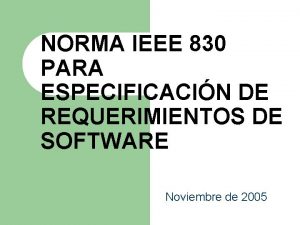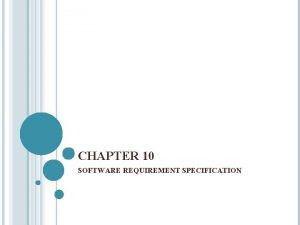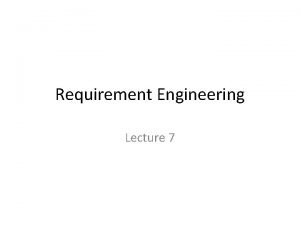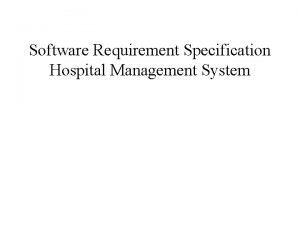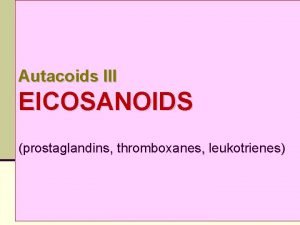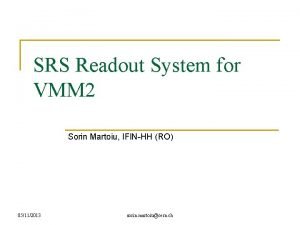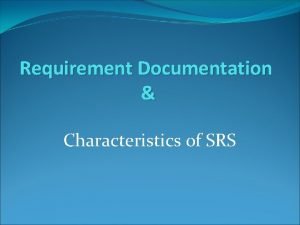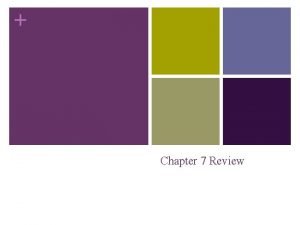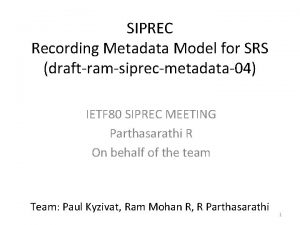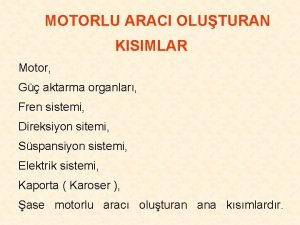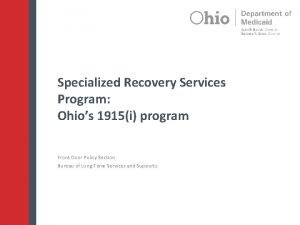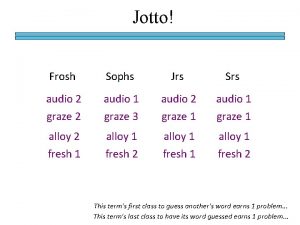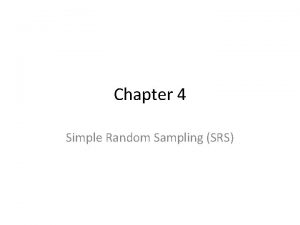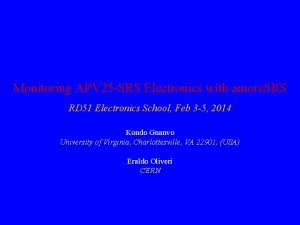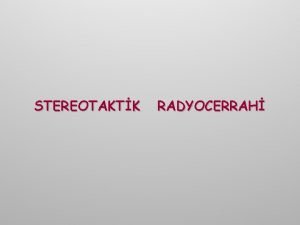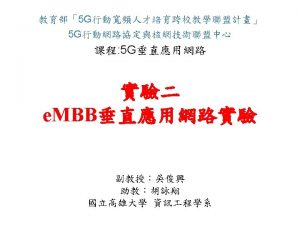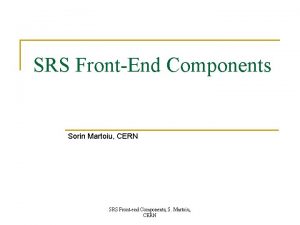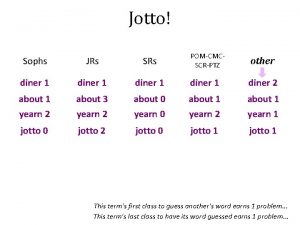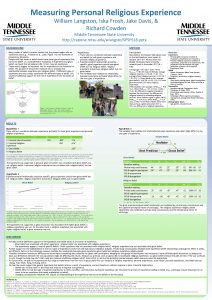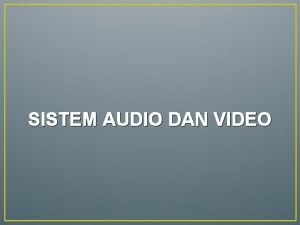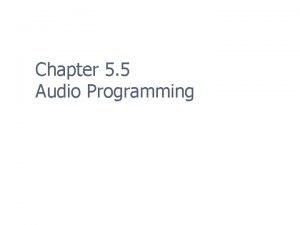Jotto Frosh Sophs Jrs Srs audio 2 audio




























- Slides: 28

Jotto! Frosh Sophs Jrs Srs audio 2 audio 1 graze 2 graze 3 graze 1 alloy 2 fresh 1 alloy 1 fresh 2 armor 2 brave 2 wreak 2 fjord 2 armor 1 brave 3 brave 1 wreak 3 wreak 1 wreak 2 fjord 1 fjord 5 This term's first class to guess another's word earns 1 problem. . . This term's last class to have its word guessed earns 1 problem. . .

Course Schedule Jan 25 Welcome! DP + other problems ~ 4 problems Feb 1 Lab session ~ 4 problems Feb 8 Discussion session on bin search problems ~ 4 problems Feb 15 Paul Dorsey ~ 4 problems Feb 22 Lab session plus a FW "reminder"! ~ 4 problems Mar 1 Discussion session on other graph algs. ~ 4 problems Mar 8 Lab session on graph + geometry problems ~ 4 problems Mar 15 Spring break. . . – no CS 189 class Mar 22 Discussion session on something new. . . ~ 4 problems Mar 29 Lab session ~ 4 problems. . . we don't meet through April. . . ≥ 32 problems total You may submit problems until the end of exams…

IOCCC example of the day. . . International Obfuscated C Coding Contest one program to rule them all! http: //www. ioccc. org/2004/anonymous. hint

IOCCC. . . ?

Max Flow ! B 16 10 s 12 4 D 9 4 C 14 E capacity What's the maximum flow possible, from src to sink? Ford-Fulkerson algorithm sink or target t 7 source 13 20

TO Capacity Graph Max Flow (Step #1) Use depth- or breadth-first search to find any path from s to t. B 16 10 s 12 4 D 9 B s B C FROM D - 16 13 - 10 12 4 - 14 - - 9 - - 20 E t - - - 7 - - 4 - 20 4 C 14 E sink t 7 source 13 s C D E t -

TO Capacity Graph Max Flow (Step #1) Use depth- or breadth-first search to find any path from s to t. B 16 10 s 12 4 D 9 What's left ? B s B C FROM D - 16 13 - 10 12 4 - 14 - - 9 - - 20 E t - - - 7 - - 4 - 20 4 C 14 E sink t 7 source 13 s C D E t -

TO Old capacities Max Flow (Step #1) Use depth- or breadth-first search to find any path from s to t. B 4/16 10 s 0/12 4 s B C FROM D - 16 13 - 10 12 4 - 14 - - 9 - - 20 E t - - - 7 - - 4 - D 9 8/20 - 4 C 14 E TO s B C FROM D E t Residual capacities! What are the red edges? E t sink s What's left ! D t 7 source 13 C 12 - B C D E t 4 13 - 10 4 12 9 0 - - - 14 - 8 - - 7 12 - 4 -

TO Max Flow (Step #1) Use depth- or breadth-first search to find any path from s to t. B 4 12 s 10 0 D 12 B s B C FROM D - 16 13 - 10 12 4 - 14 - - 9 - - 20 E t - - - 7 - - 4 - 8 9 C D E t - sink 12 4 t 7 source 13 s 4 C 14 E TO s (Step #2) Continue with the remaining capacities until no path exists! s B C FROM D E t 12 - B C D E t 4 13 - 10 4 12 9 0 - - - 14 - 8 - - 7 12 - 4 -

Max Flow (Step #1) Use depth- or breadth-first search to find any path from s to t. B 11/16 s 12/12 D 19/20 sink 0/10 1/4 0/9 t 7/7 source 12/13 4/4 C 11/14 (Step #2) Continue with the remaining capacities until no path exists! E max flow: 23

Get into the flow! A little bit of name contention… This is the edmonds_karp algorithm. def max_flow(C, source, sink): n = len(C) # C is the capacity matrix F = [[0] * n for i in range(n)] # F is the flow matrix # residual capacity from u to v is C[u][v] - F[u][v] while True: path = BFS(C, F, source, sink) if not path: break # no path - we're done! # find the path's flow, that is, the "bottleneck" edges = [C[u][v]-F[u][v] for u, v in path] path_flow = min( edges ) print "Augmenting by", path_flow for u, v in path: # traverse path to update flow F[u][v] += path_flow # forward edge up F[v][u] -= path_flow # backward edge down return sum([F[source][i] for i in range(n)]) # out from source

Useful alone, too A brief BFS algorithm using the Capacity matrix def BFS(C, F, source, sink): queue = [source] # the BFS queue paths = {source: []} # stores 1 path per graph node while queue: u = queue. pop(0) # next node to explore (expand) for v in range(len(C)): # for each possible next node # path from u to v? and not yet at v? if C[u][v] - F[u][v] > 0 and v not in paths: paths[v] = paths[u] + [(u, v)] if v == sink: return paths[v] queue. append(v) return None # go from v in the future

Setting up… And the code needed to run it… if __name__ == "__main__": # make a capacity graph # node A B C D C = [ [ 00, 16, 13, 00, [ 00, 10, 12, [ 00, 04, 00, [ 00, 9, 00, [ 00, 00, 7, [ 00, 00, E 00, 14, 00, 00, F 00 00 00 20 4 00 ], ], ], ] ] # # # A B C D E F print "C is", C source = 0 # A sink = 5 # F max_flow_value = max_flow( C, source, sink ) print "max_flow_value is", max_flow_value Linked at the ACM website by the slides…

But is max flow good for anything? that is, beyond solving "max flow" problems. . .

Matching! and some acceptable possibilities. . . we have four brides and six grooms a bipartite graph

Matching! and some acceptable possibilities. . . we have four brides a maximal matching and six grooms == no more matchings without rearrangement

Matching! and some acceptable possibilities. . . we have four brides a maximum matching and six grooms == no rearrangements will yield more matchings

Maximum matching is max flow. . . connect a source to the left side. . . make all capacities = 1 put a sink on the right 1 all 1 s 1 sink 1 s t source 1 1 what do the source and sink constraints ensure?

Max flow thought experiment. . . Suppose this is the flow so far (3 units): 1 all 1 s 1 sink 1 s t source 1 1 Draw what happens in the next step of the max-flow algorithm!

Max flow thought experiment. . . the path it finds. . . 1 all 1 s 1 sink 1 s source 1 1 What is this single path doing? t

Max flow thought experiment. . . Done! 1 all 1 s 1 sink 1 s source 1 1 Maximum matching == 4 t

This week's problems… this one is maximum matching! Try one or more of this week's problems!

Stake Height and width of the field 4 1 0 0 1 0 1 1 0 0 0 1 1 Output 3 the pattern Input Maximum number of cows such that no two share a column and no two share a row.

Stake as matching who are the brides? and the grooms? and the constraints?

This week's problems… this one is from last week. . . ? Try one or more of this week's problems!

Dijkstra, for single-source shortest paths S shortest dist from S For all nk , track <nk, Inf> Put <S, 0> into your queue Q. While Q not empty: Remove Q's nearest node <nc, dc> For each edge [nc, nk, dc 2 k]: Let dk be nk's distance: <nk, dk> If dc + dc 2 k < dk: set dk = dc + dc 2 k Put <nk, dk> into Q. . .

Dijkstra, for single-source shortest paths S shortest dist from S For all nk , track <nk, Inf> Put <S, 0> into your queue Q. While Q not empty: Remove Q's nearest node <nc, dc> For each edge [nc, nk, dc 2 k]: Let dk be nk's distance: <nk, dk> If dc + dc 2 k < dk: set dk = dc + dc 2 k Put <nk, dk> into Q. . .

Jotto! Frosh Sophs Jrs Srs audio 2 audio 1 graze 2 graze 3 graze 1 alloy 2 fresh 1 alloy 1 fresh 2 armor 2 brave 2 wreak 2 fjord 2 armor 1 brave 3 brave 1 wreak 3 wreak 1 wreak 2 fjord 1 fjord 5 This term's first class to guess another's word earns 1 problem. . . This term's last class to have its word guessed earns 1 problem. . .
 R&s jotto
R&s jotto Srs timing
Srs timing Resolución 830
Resolución 830 Srs in software engineering
Srs in software engineering What is srs
What is srs Which phase transforms srs document
Which phase transforms srs document What is srs in software engineering
What is srs in software engineering Srs.le.ac.uk
Srs.le.ac.uk Analysis models in srs
Analysis models in srs State chart diagram for hospital management system
State chart diagram for hospital management system Analysis models in srs
Analysis models in srs Pengertian srs
Pengertian srs Srs philjobnet
Srs philjobnet The srs is said to be consistent if and only if
The srs is said to be consistent if and only if Srs agency
Srs agency Autacoids
Autacoids Vmm2
Vmm2 Comparaciones quick check
Comparaciones quick check Srs elevator
Srs elevator User characteristics in srs
User characteristics in srs The gallup poll once asked an srs
The gallup poll once asked an srs Siprec recording
Siprec recording Güç aktarma organları
Güç aktarma organları Srs itech
Srs itech Srs prototype outline
Srs prototype outline Udin verification
Udin verification Seagate srs tracker
Seagate srs tracker Tamu srs
Tamu srs Specialized recovery services
Specialized recovery services
